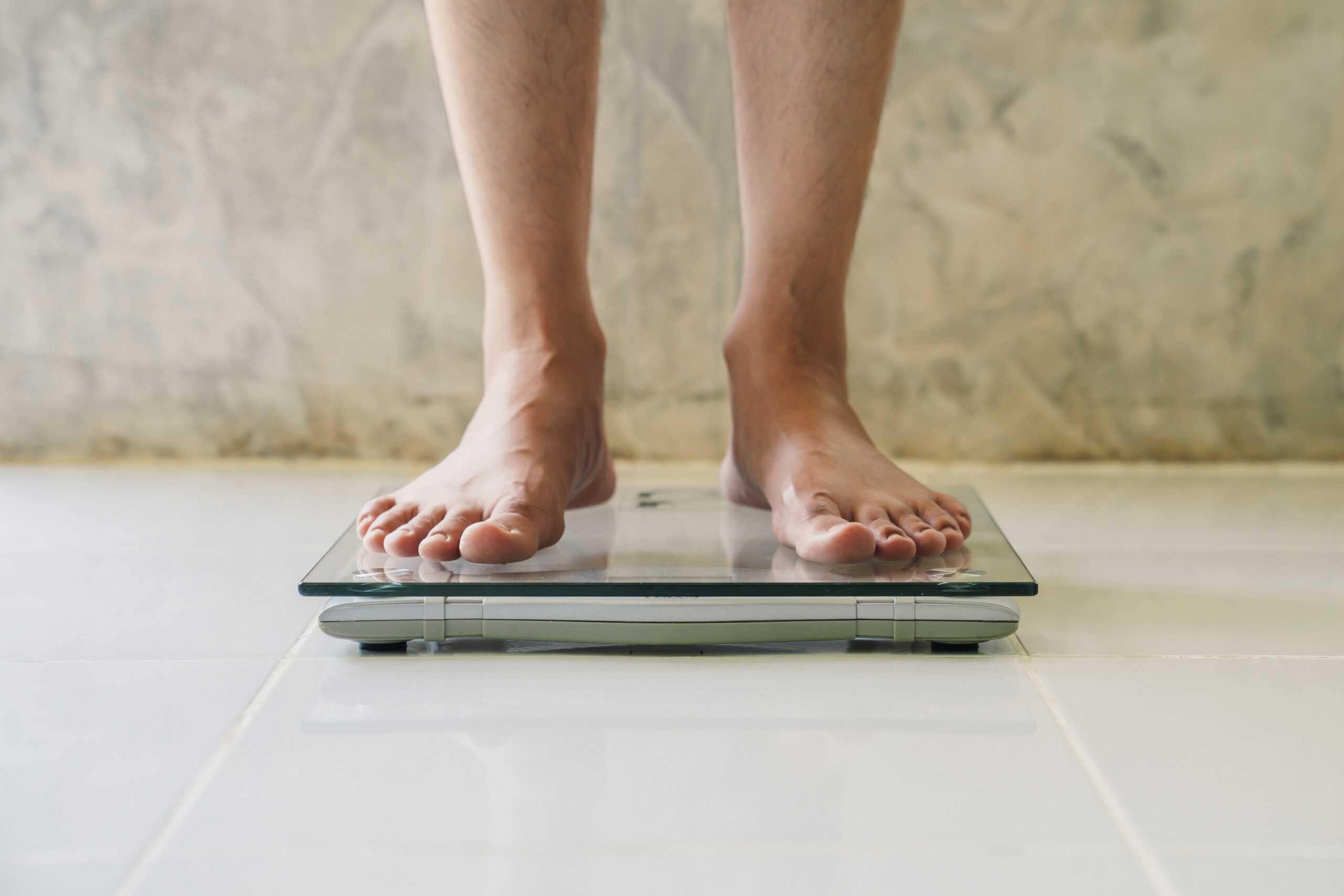What Puts Males at Risk for Developing an Eating Disorder
Eating disorders are some of the most deadly mental health disorders. According to World Psychiatry: the Official Journal of the World Psychiatric Association, after substance use disorders, anorexia nervosa is the most dangerous mental illness.
While many people understand the risks of anorexia and other eating disorders, few people are fully aware of who is affected. It’s often assumed that women alone struggle with eating disorders. In this article, we’ll share what you need to know about male eating disorders— their prevalence, male eating disorder signs and the problem with underdiagnosis.
Common male eating disorders
Eating disorders in men are much more common than many people realize. According to the National Eating Disorder Association, one in three individuals struggling with an eating disorder is male, affecting around 10 million men in the United States.
Men struggle with many of the same eating disorders as women. The Journal of Men’s Health states that around 10 percent of people diagnosed with anorexia and bulimia are male and around 25 percent of those with binge eating disorder are male.
It appears that the number of men diagnosed with eating disorders is on the rise. It’s likely due to two reasons: first, that there is an increasing population facing mental health disorders, and second, that more men are overcoming the stigma to get diagnosed and treated.
Male eating disorder signs
There are plenty of male eating disorder factors that have been proven to differ from those of women. Here’s what you need to know according to Eating Disorders.
- Being overweight in the past: men who have experienced obesity in the past are more likely to sway to the other extreme and develop an eating disorder
- Avoiding a medical condition: men are more likely than women to struggle with an eating disorder as a compensatory response in an effort to avoid a medical disorder that their father faced
- Athletic performance: one of the most commonly cited male eating disorder factors is the pressure of competitive sports
- A history of trauma: for both men and women, a past history of sexual abuse is one of the main risk factors for an eating disorder diagnosis
- Sexual orientation: a large portion of men with eating disorders also identify as bi-sexual or gay and may be more inclined to limit eating as a way of coping with confusion or stress around sexuality
- Depression: men who feel depressed and are reluctant to seek treatment due to stigma may also be faced with disordered eating
- Comorbid substance use disorder: a study by the American Psychiatric Association found a link between substance use and male eating disorders. The study reports that 58 percent of males with binge eating disorder reported substance addiction compared to only 27 percent of females
There are many male eating disorder signs that are specific to men, or at least more prevalent among the male population.
Differences in eating disorders between men and women
While there is plenty of overlap in the causes of eating disorders between men and women, there are some unique factors that are correlated with gender.
The journal Eating Disorders reports that men are most likely to cite participation in athletic competition as a stimulus for the onset of an eating disorder whereas women identified family stressors as an impetus for eating disorders.
The Journal of Men’s Health also identifies a different ideal body type for men and women. While women may lean towards disordered eating in an attempt to become thin, lean or skinny, men may struggle to eat nutritiously as they pursue a bulky or muscular build.
Moreover, men are more likely to overeat and over-exercise than women. Due to several factors, men are also less inclined to receive a diagnosis and seek treatment for an eating disorder. However, studies show that treatment is equally successful for those who decide to participate.
The problem with underdiagnosis
Men face many barriers to treatment for eating disorders. In addition to the stigma women may face for receiving psychiatric intervention, men also face the social backlash of experiencing a mental illness that is characterized as feminine. This stereotype not only affects society at large, but it has bleed into professional realms, too.
Assessments and clinical tools for diagnosing eating disorders are geared towards identifying eating disorders in the female population. While these measures have their function, male-specific wording for evaluations and interventions would be more effective for male eating disorders.
Finding male-specific treatment
If you’ve noticed male eating disorder signs in yourself or a loved one and the stigma feels unbearable, you’ll want to know about the compassionate and personalized treatment you can get at Tapestry Recovery. Medical and mental health professionals can help you feel safe and welcome while you heal your body and mind.
Reach out today for confidential help.






